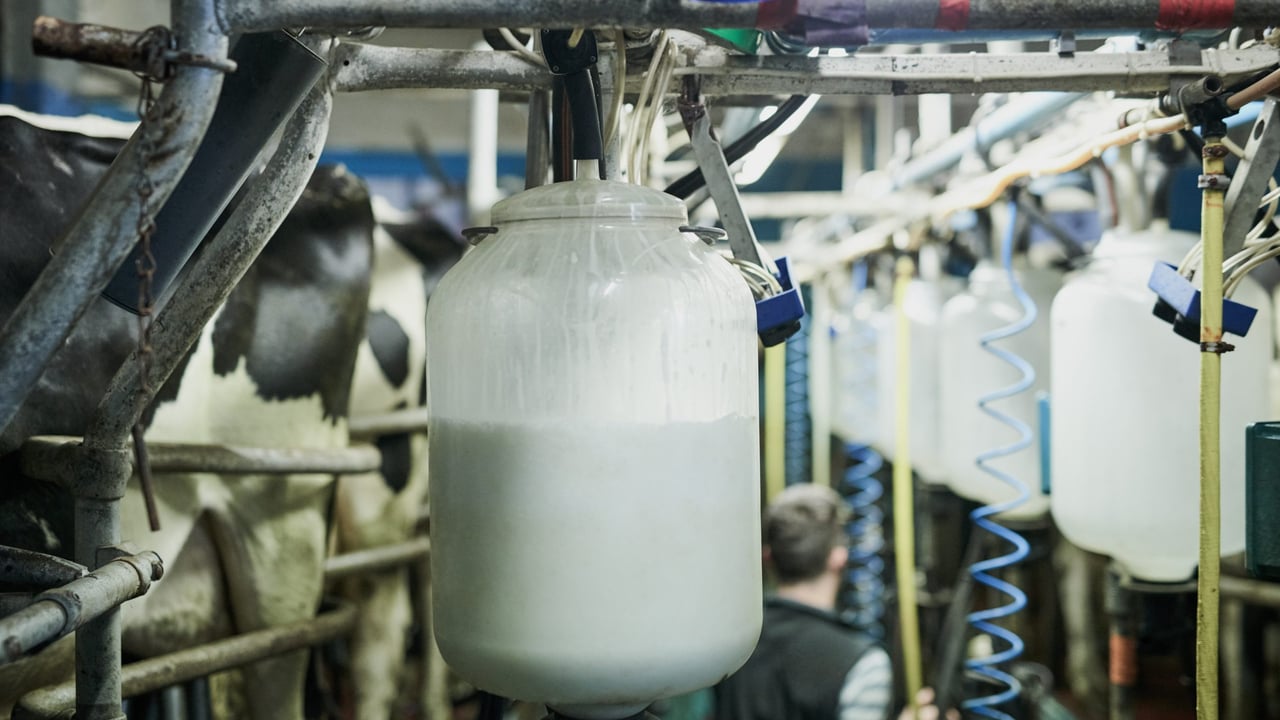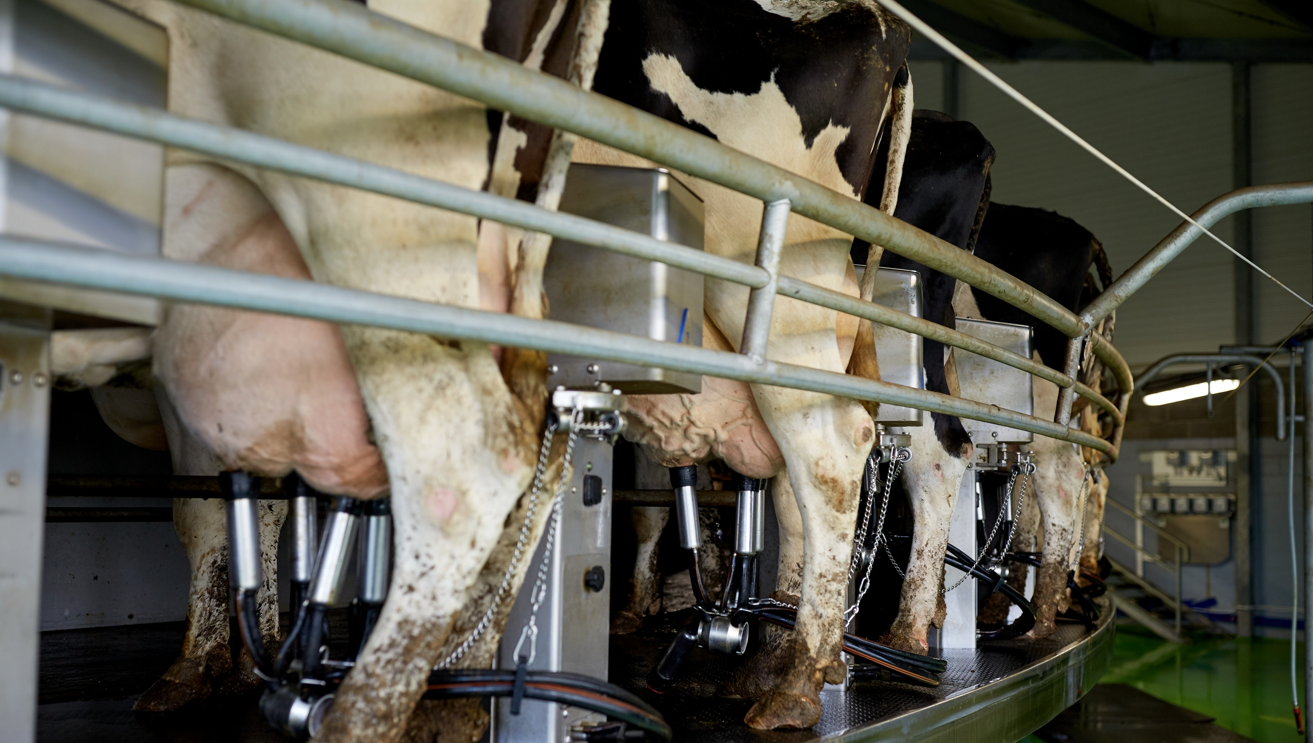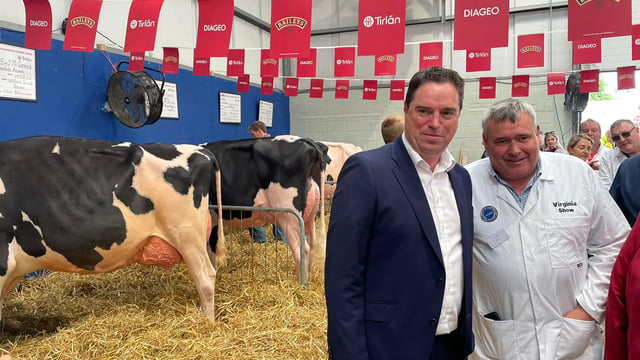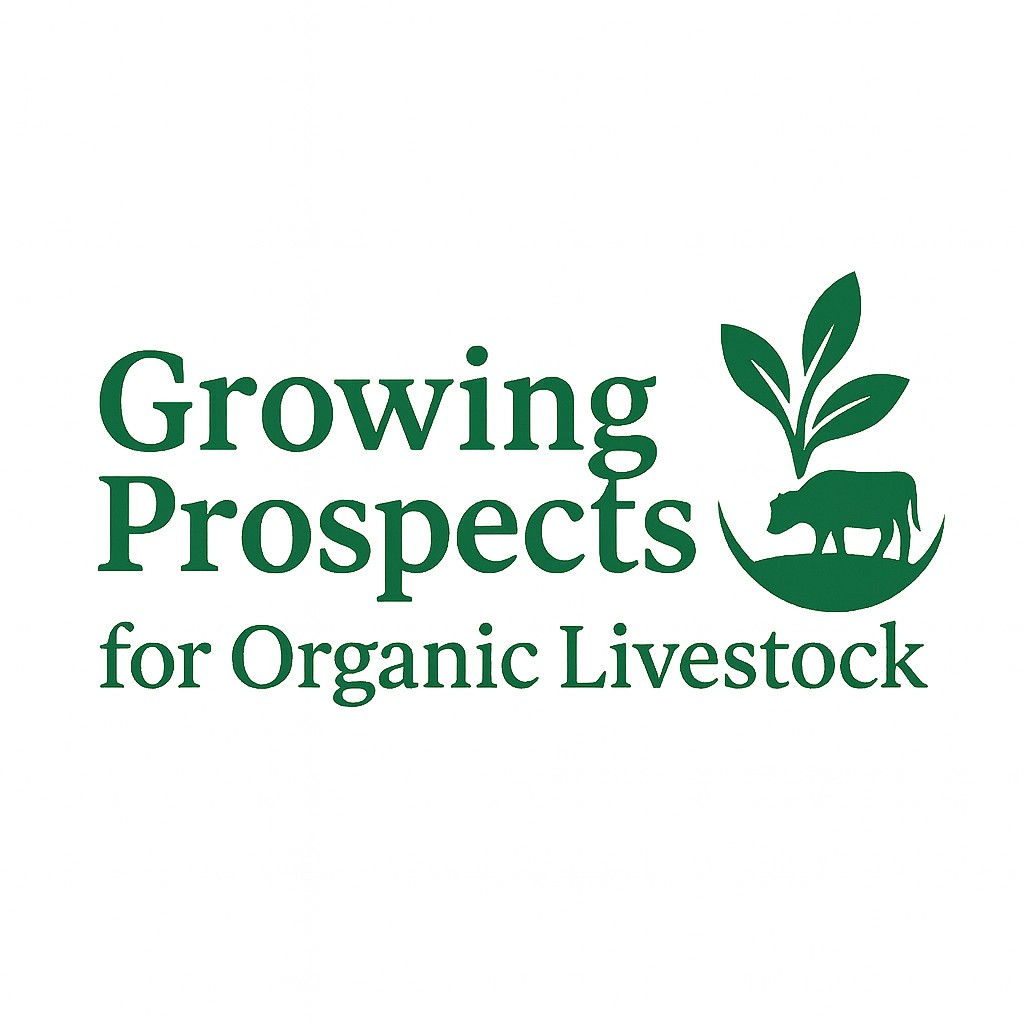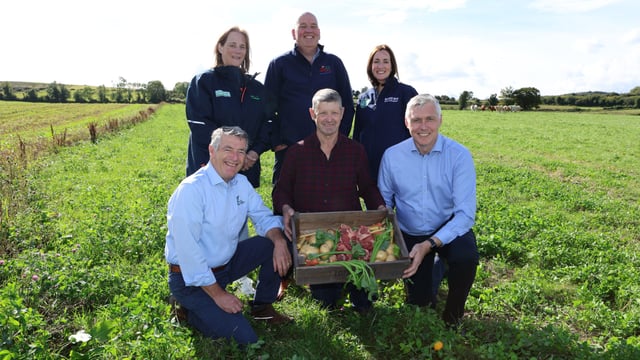Annual global milk supply now forecast to grow by 1.4% - Ornua
The global dairy outlook has improved with annual milk supply likely to expand by 1.4% this year, according to a new report from Ornua.
The latest Ornua Global Dairy Market Report outlines that this increase will be driven largely by growth in the US.
European milk supply is expected to grow by +0.5% annually, however the report warns this could be affected by weather or animal health issues.
Globally, milk collections increased by 2.1% in June, boosted by flows in the US where collections rose by 3.3%.
While bird flu affected last year's output for American farmers, the report outlined that supply is strong and should expand in the second half of the year.
Across European Union member states (EU-27) collections rose marginally in June by 0.2%, while in May they were up 0.5%.
In Ireland, Ornua said that flows lifted sharply in recent months against a low base and grew again in June by nearly 5%.
German saw milk collections drop by 1.6% in May and by a further 2.1% in June. Collections increased in France across May and June, but the report highlights that weekly flows weakened in July.
While flows dropped in The Netherlands, Ornua said there should be a positive change there compared to a low base. Output was strong in Poland during quarter two and lifted by 1.9% in June.
The report notes that UK flows have been strong in recent months with output increasing by 5.8% in May and 6.5% in June.
In New Zealand, where peak season has passed, milk flows lifted sharply in June albeit against a weak base. Ornua said that favourable milk prices and pasture conditions means growth could exceed expectations.
In Argentina, improving farmgate prices and favourable weather supported an increase in milk flows. The report added that milk production is forecast to drop in China this year due to lower farmgate prices.
Following last month's trade agreement between the European Union and the US, a baseline 15% tariff or most-favored nation (MFN) rate (whichever is higher) will apply to EU dairy exports to the US.
Ornua said that butter and cheese will benefit from this change, but casein will see a rate of 15% (from 0% before April 2025).
"This should provide clarity after a period of uncertainty and interest usually returns in September after the holiday period. Indeed, there are tentative signs of price stability.
"However, most European commodities still command a premium. Against a backdrop of volatile global trade and geopolitical environment, this may dampen demand later in the year," the report added.

